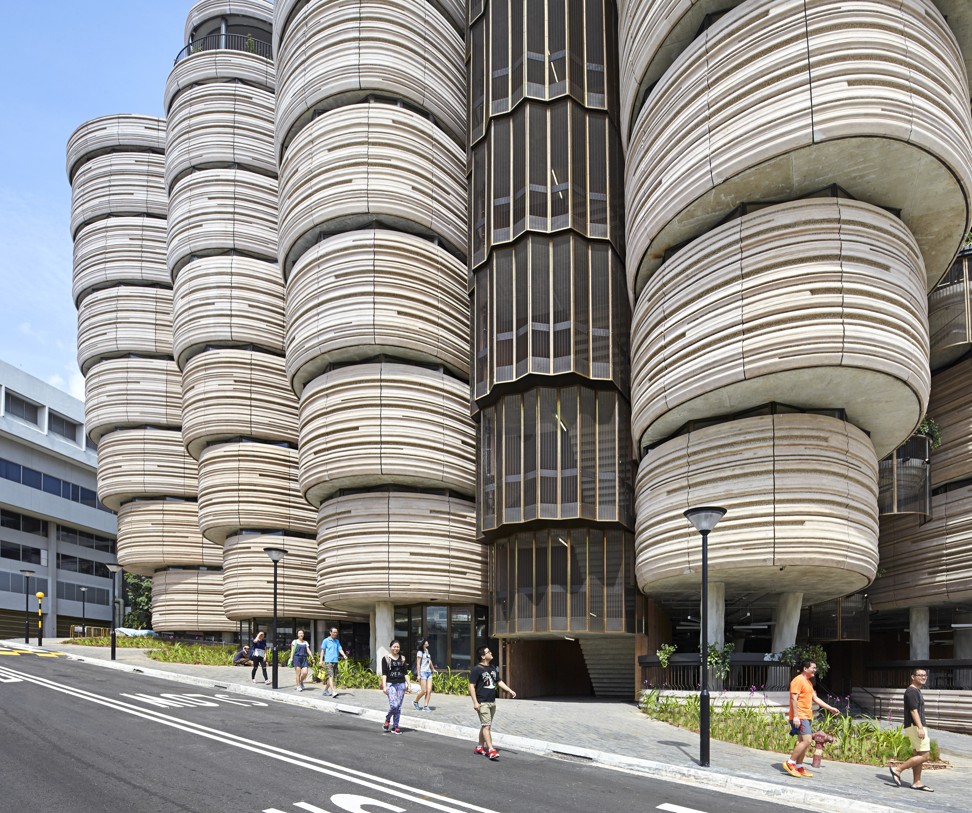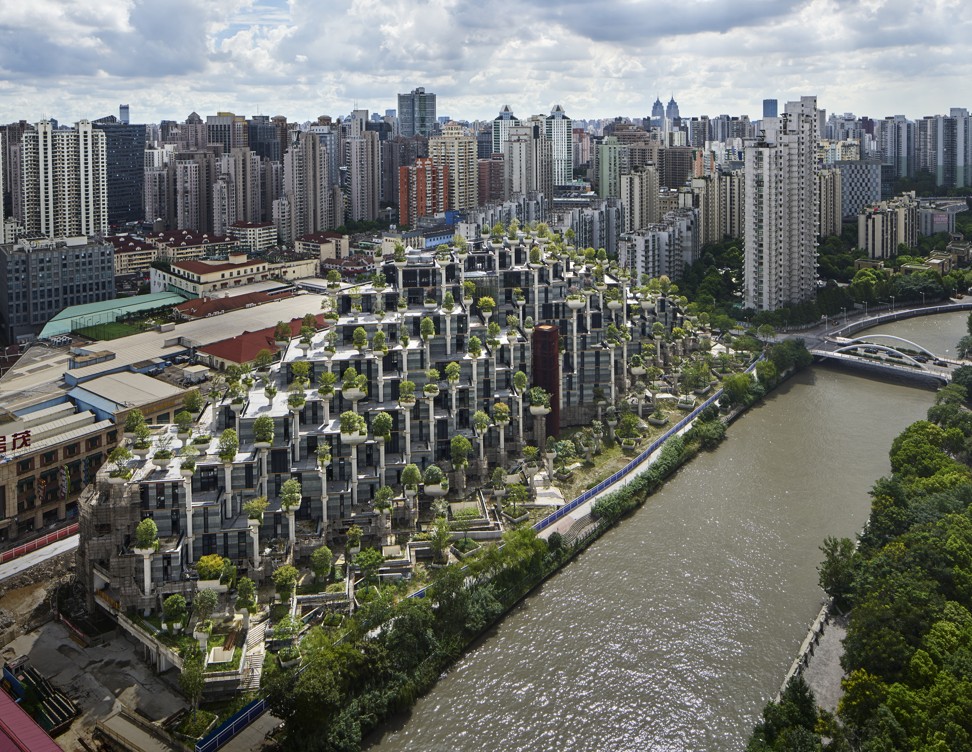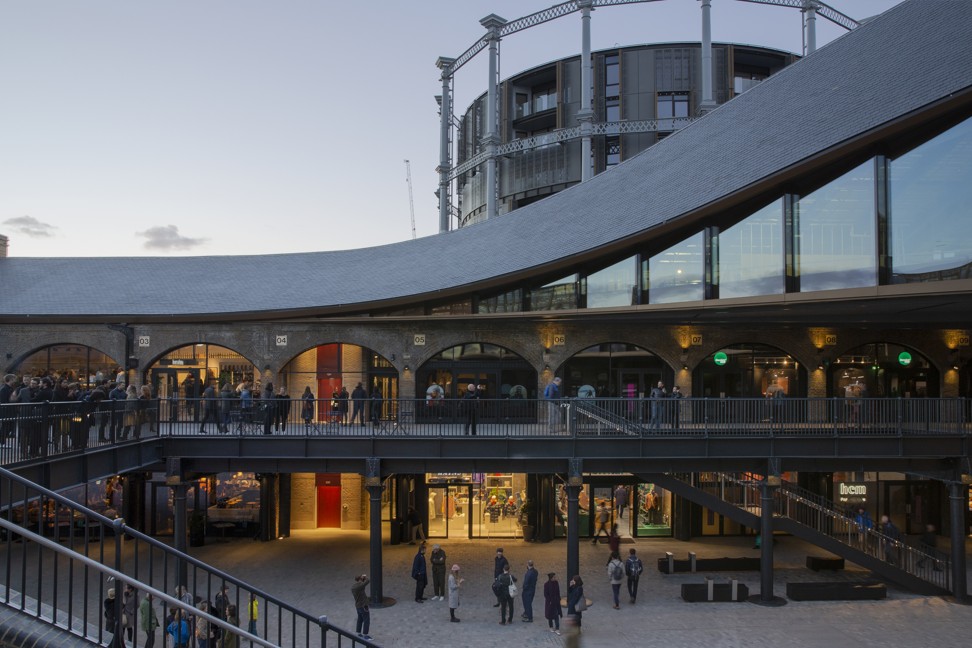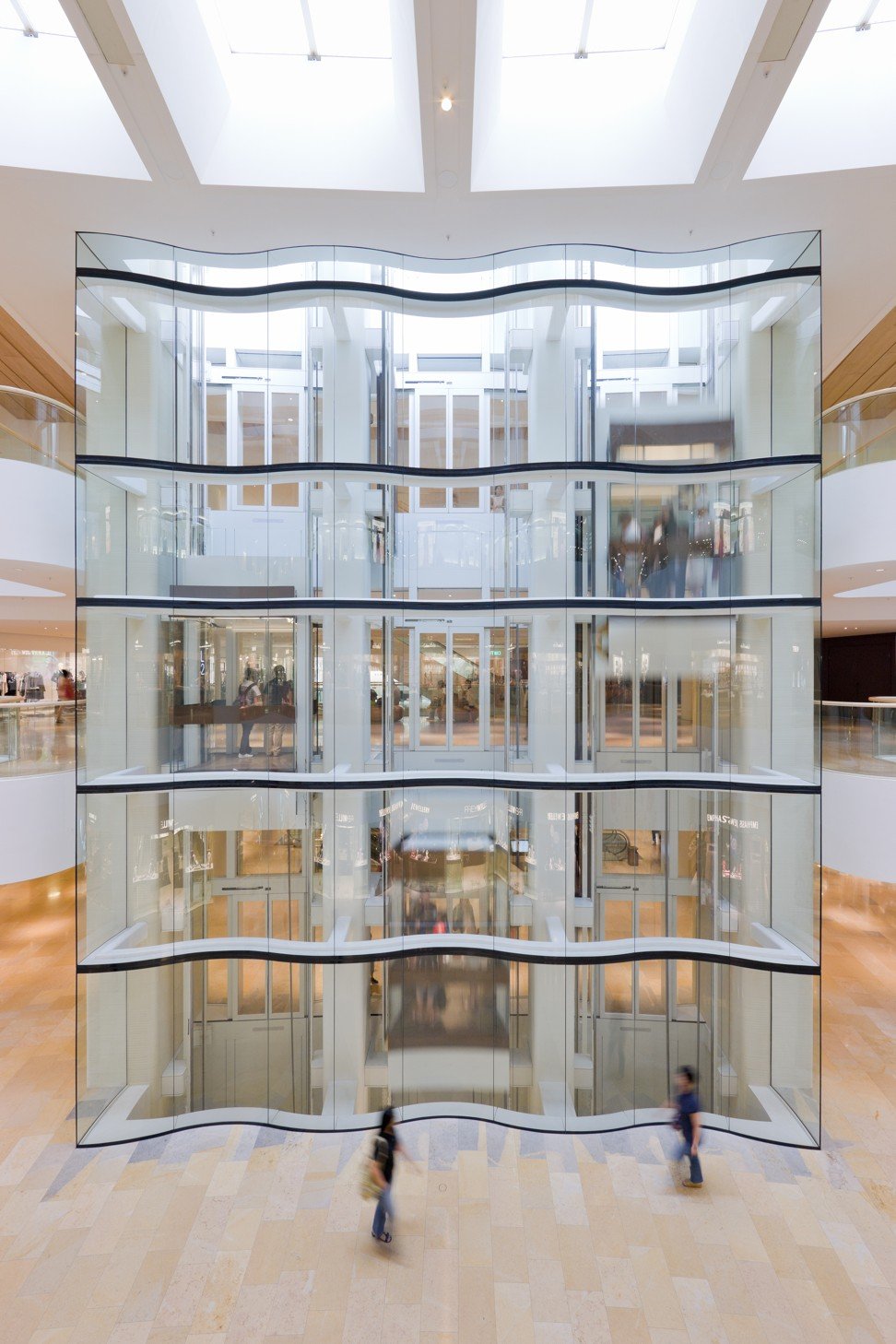
Designer of Shanghai’s 1000 Trees development, Google’s new London HQ, Coal Drops Yard and Singapore’s The Hive on connecting to the human scale
- British designer Thomas Heatherwick, one of the few recognisable Western designers in Asia, says large projects need to integrate with the human experience
- His 1000 Trees project in Shanghai is almost revolutionary in the context of Chinese urban planning
Heatherwick Studio is hidden behind a grand Victorian frontage down a side alley in a converted industrial building in central London. It is almost impossible to find unless you spot the battered Citroen 2CV parked outside, a quirky design classic that sums up the essence of Thomas Heatherwick’s design output: surprising, unconventional and yet compellingly timeless.
Like the Citroen, Heatherwick’s designs are often more popular with real people than critics. With or without the design establishment’s support, his influence continues to grow worldwide.
The office is close to one of the biggest redevelopment projects in Europe at Kings Cross railway station, where two of Heatherwick’s most significant recent projects are situated: Coal Drops Yard, London’s newest shopping and dining district, and the new Google headquarters, designed in collaboration with Danish architect Bjarke Ingels. These are just two prestigious projects to add to a portfolio of remarkable innovation over 25 years.
Heatherwick is now a globally recognised designer and one of the few recognisable Western designers in Asia. Since his UK Pavilion (known as the Seed Cathedral) was voted the best national pavilion at the Shanghai World Expo in 2010, he has picked up a number of prestigious commissions in Asia, including the Learning Hub (also known as The Hive) at Singapore’s Nanyang Technological University, opened in 2015.


Next year his 1000 Trees development, on Moganshan Road in Shanghai, is slated for completion. That project, in the city’s M50 art district, should cement his reputation as a radical urban innovator. Anywhere in the world this design would be considered a novel take on a high-rise building development, but in the context of Chinese urban planning it is almost revolutionary.
Heatherwick’s design for the project exposes its concrete seismic structural system and uses that structure to carry the full weight of the landscaping, with mature, locally sourced, mostly evergreen trees placed directly on top of columns. It’s an efficient design that creates a mountain of foliage in the heart of the city.


The sweep of the development, containing hotels, commercial and leisure facilities, gently brings a 100m-tall structure down to street level. Visually, rather than looking like a single huge building, the aim is to have it appear as an accumulation of smaller elements, giving things a more human scale and linking it with the surrounding landscape and river frontage. As Heatherwick explains, the design “knits the new with the old”.
This connection to the street level is a thread that runs through many of his projects but it is one that he finds especially important in China, where the scale of opportunities has the potential to be liberating, but also potentially alienating.
“Architecture has to be tailored to its context, but sometimes design solutions can become a little sterile and formulaic,” he says. The answer, he explains, is not to become too dogmatic. “Our studio always tries to connect to the actual emotions of a place. We want to integrate our buildings with the human experience.”

Speaking of his Coal Drops Yard project, he mentions that the grand scale of the urban space in Kings Cross required a “human-ness” to give it a sense of place. It seems that Heatherwick sometimes needs to design new words to explain his concepts.
“Large projects need to have ‘small-ness’ and ‘interesting-ness’ embedded in them to create value,” he says. “Being sensitive to the human scale is essential for a successful project.”
At Coal Drops Yard he sought ways to “reassure people” and make them feel more comfortable in the large open space with simple tactile design interventions. He individually designed and crafted the lift buttons because this is one of the few occasions people touch surfaces. It is a simple, inexpensive way “to make the place memorable, enjoyable and human”.

There are, of course, many ideas that don’t transpose from one context to another, and he is scathing about designers that bring an idealised version of the West – the way “we” do things – to China.
“We can’t just replicate Western solutions,” he says. “That’s just rude. It’s better to learn from the craftsmanship, the history and the bravery of local designers.”
